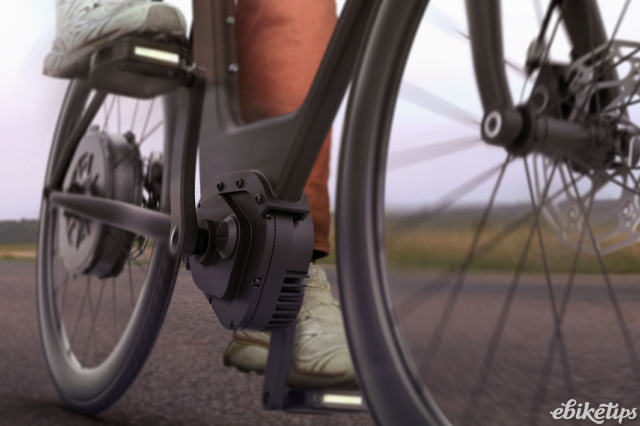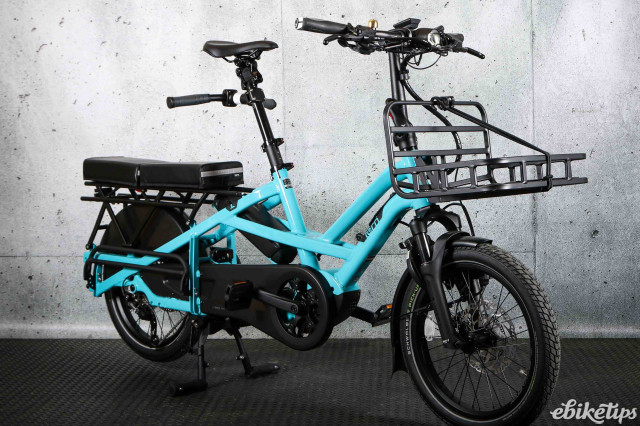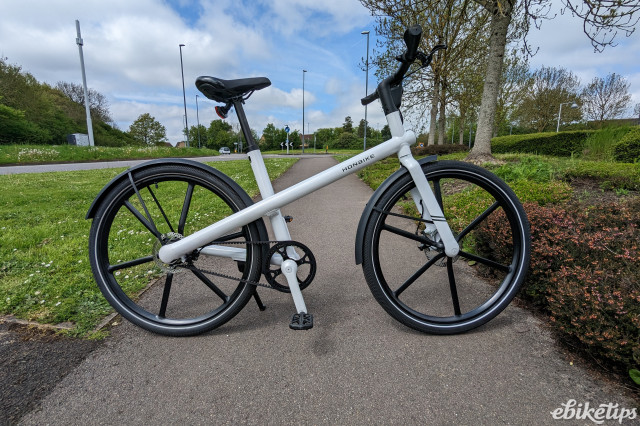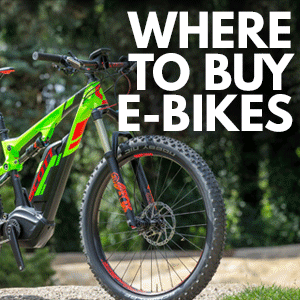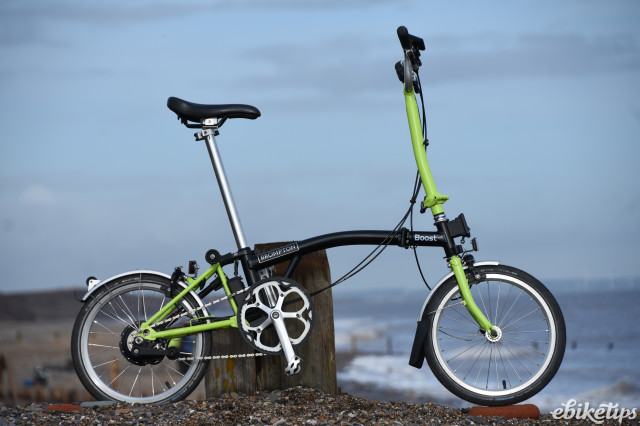In an era where innovation drives mobility, a French-based company has introduced an interesting chainless e-bike system. Cixi’s cutting-edge design harnesses pedalling energy, resulting in a seamless transfer of power that can propel anything from e-bikes to small electric vehicles.
The chainless system uses Cixi’s patented Pedaling Energy Recovery System (PERS), which captures some of the kinetic energy from pedalling to recharge the battery. According to Cixi, it delivers a unique pedalling experience that shifts away from mechanical transmission while providing natural haptic feedback.
Cixi was founded in 2015 and is based in the French Alps. Their website states they are dedicated to transforming daily transportation into an active, health-promoting experience through their chainless pedal system. It’s a curious technology that can be implemented on regular e-bikes, s-pedelecs, cargo e-bikes and other e-bike alternatives.
At its core, the system utilises onboard electronics governed by custom algorithms to adjust the resistance felt at the pedals. This system tailors the riding experience to the individual's effort and ensures that each pedal stroke is translated into maximum forward momentum. This approach minimises energy loss and supposedly results in a seamless acceleration experience.
Cixi states that by converting rider input into motion via a hub motor, PERS bridges the gap between human energy and electric propulsion, seamlessly integrating the two.
Battery range is maximised using technology like regenerative braking, which recaptures energy typically lost during deceleration. Their AI-driven system also manages the battery's energy output, ensuring efficient use across all activity levels. An accompanying smartphone app also provides features including locking, geolocation, and sharing functionality.
The potential of the PERS technology is illustrated in Cixi's ambitious Vigoz project. The Vigoz is a three-wheeled e-trike that combines the efficiency of pedal power with the comfort and functionality of a small car. With a claimed maximum speed of 74.5mph (120km/h), speed and acceleration are determined by pedalling input. The driver can decide the amount of effort required to reach a certain speed via different power assistance levels. The Vigoz offers a battery range of up to 100 miles (160km), the ability to lean into corners for enhanced stability, and enough space to carry a rider and passenger comfortably.
This new technology looks great, but there may be some potential drawbacks. One notable downside is the cost implication. Advanced technology like PERS, while offering considerable benefits in terms of efficiency and maintenance, could significantly increase the initial purchase price of e-bikes. However, Cixi states they would not sell the Vigoz for a one-off fee but instead offer it via a subscription service.
Another concern is the complexity of the electronic systems involved. While eliminating mechanical issues associated with chains and gears, electronic systems introduce a new layer of potential technical problems. These could range from software glitches to hardware failures, although it’s safe to assume that any maintenance or technical issues would come under the rental agreement.
> Schaeffler's chain-free e-bike system now in production
